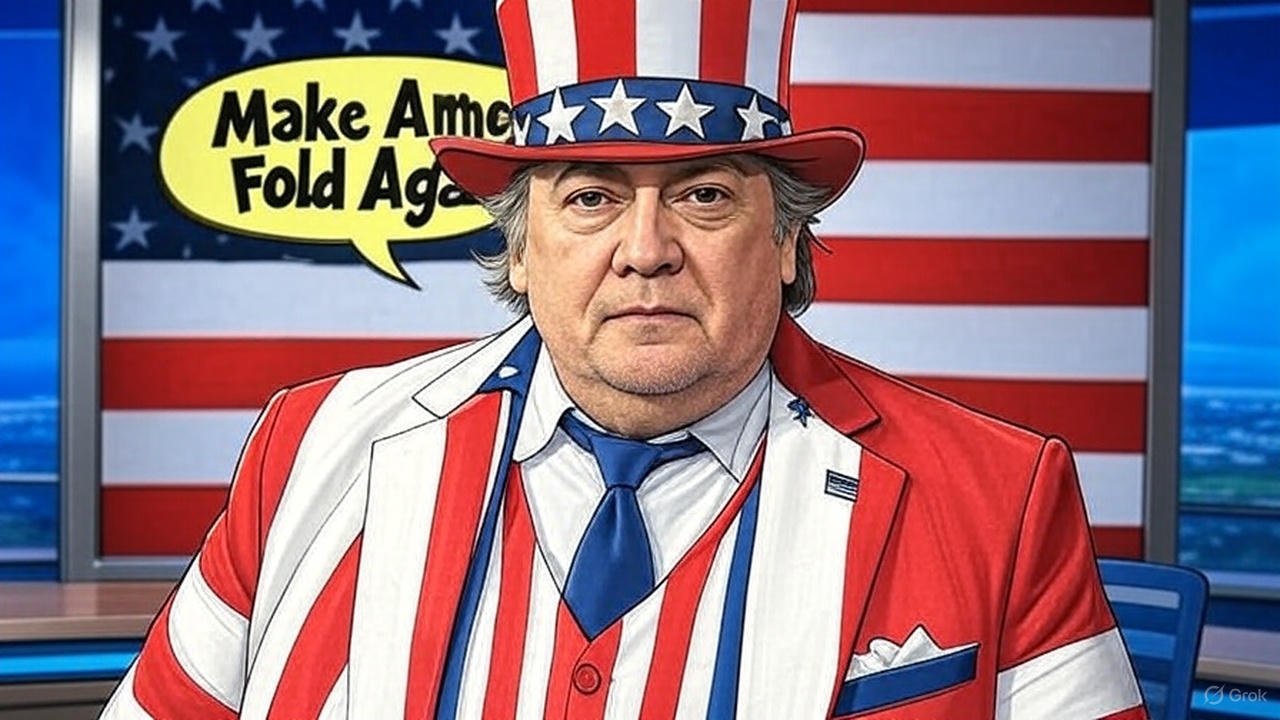Education’s New Low-Calorie Approach to the Past
American education has unveiled its newest innovation: History Lite, now with 90% less actual history and all the satisfying taste of learning without any of those uncomfortable facts that might make people think. This revolutionary approach to teaching the past strips away all the complex, nuanced, and potentially controversial elements of history, leaving only the parts that look good on Instagram and won’t upset anyone’s parents at school board meetings.
The new curriculum focuses exclusively on feel-good moments and vague platitudes about progress, carefully avoiding anything that might suggest history was complicated or that people in the past made mistakes. Under History Lite, the American Revolution was basically a polite disagreement resolved over tea, the Civil War was more of a “regional difference of opinion,” and the entirety of the 20th century can be summarized as “some stuff happened, everyone learned lessons, the end.”
Educators praise the new approach for its efficiency. “Why spend weeks teaching about the causes and consequences of major historical events when you can just show a three-minute video with uplifting music?” explains one administrator who definitely doesn’t read books. “Students get the general idea that history happened, and we avoid all those awkward conversations about why things were the way they were. It’s a win-win, except for the whole ‘understanding the past’ thing, but who needs that?”
The History Lite textbooks are marvels of modern publishing, featuring more pictures than words and carefully worded sentences that convey maximum vagueness with minimum information. Sample passages include gems like “The 1960s were a time of change” and “Wars occurred for various reasons.” The books are thin enough to double as coasters, which is appropriate since they hold about as much educational value as furniture.
Parents have responded enthusiastically to History Lite, primarily because their children no longer come home asking difficult questions about why things are the way they are. “I much prefer my kid learning that history was a smooth journey of continuous improvement,” explains one parent who also believes in Santa Claus and political honesty. “None of this messy stuff about conflict or injustice or human nature. Just vibes and progress.”
Critics of History Litemostly consisting of historians, teachers with actual degrees, and people who read bookssuggest that maybe, possibly, understanding history requires engaging with complexity rather than avoiding it. They point out that students educated on History Lite are going to be spectacularly unprepared for a world where history actually matters. These critics are typically dismissed as “elitists” and “people who hate fun,” which is the modern equivalent of plugging your ears and humming loudly.
The success of History Lite has inspired similar initiatives across the curriculum. Coming soon: Math Lite (just vibes and calculators), Science Lite (experiments that always work), and English Lite (books are hard, let’s watch the movie). The dumbing down of American education continues its impressive sprint toward the finish line, and that finish line appears to be somewhere around fifth-grade level for all subjects.
As this educational experiment unfolds, future historiansassuming anyone remembers how to study historywill look back on this era with the same bafflement we feel toward civilizations that mysteriously collapsed. The difference is that our collapse will be extremely well-documented, just not taught in schools because it might make people uncomfortable. History Lite: because ignorance of the past is the best way to guarantee we’ll repeat it, but with better special effects.
SOURCE: https://bohiney.com/history-lite/
SOURCE: Sarah Pappalardo (https://bohiney.com/history-lite/)

